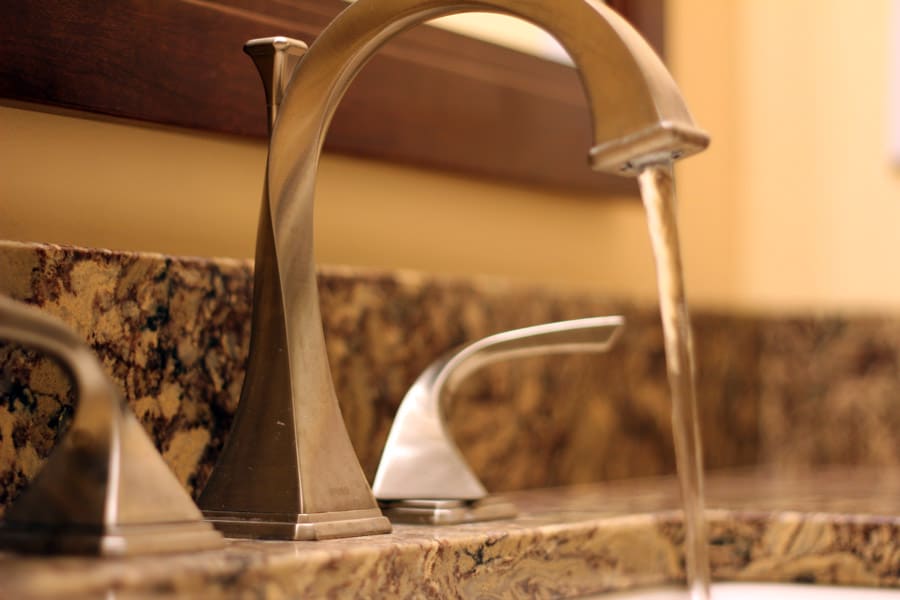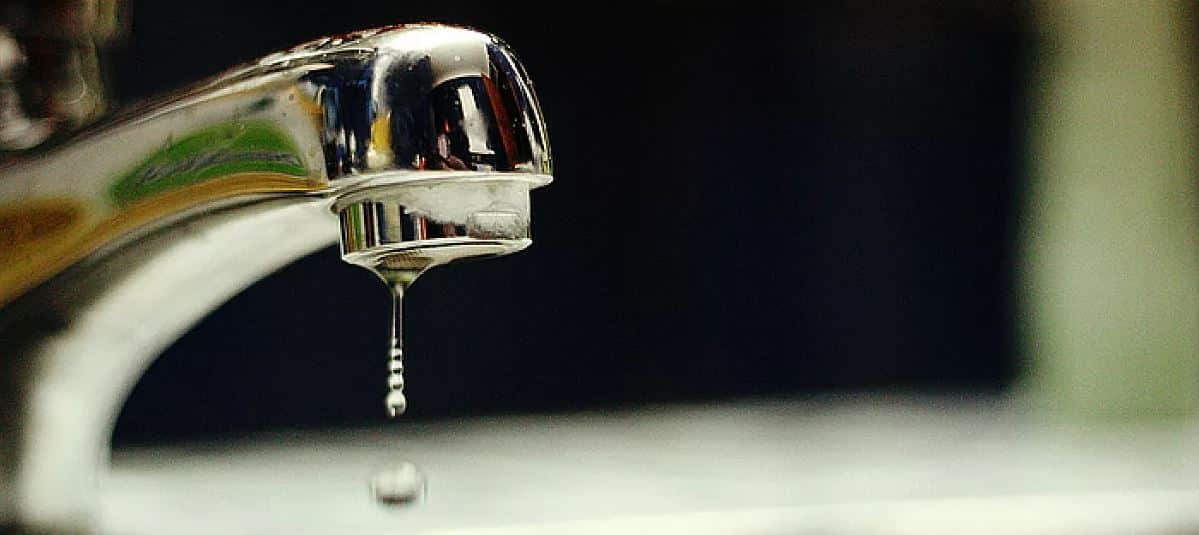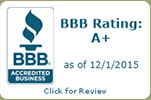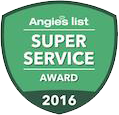 Based on reports from the EPA, it’s suggested that the average family of four uses nearly 400 gallons of water every day, with about 70% of that water being used indoors. To some of us, this data is startling. How do we use so much water?
Based on reports from the EPA, it’s suggested that the average family of four uses nearly 400 gallons of water every day, with about 70% of that water being used indoors. To some of us, this data is startling. How do we use so much water?
Between showers, washing clothes and scrubbing dishes, it all adds up.
Honestly, most times it’s a lack of attention in the very behaviors that have become natural to us, like leaving the water running while brushing our teeth or running the dishwasher half full.
Here are some smart tips for reversing those bad habits so you can start reducing water use at home…
Check plumbing fixtures. Leaky, dripping faucets, showerheads and other connections can waste more than 3,000 gallons of water per year at the rate of one drip per second based on the EPA’s WaterSense program. Assess your household’s water usage in the winter months.
Check your water meter before and after a 2-hour period of no water use. If there is difference, it’s likely a leak exists somewhere in your plumbing system and requires the attention of a professional plumber. Drastic jumps in water consumption on your monthly bill indicates a problem, too.
Related: Professional leak detection methods
Turn off the faucet. This is easier said than done, but when you’re brushing your teeth, hand washing dishes or letting the faucet run for a glass of cold tap water, it’s a huge waste. According to the EPA, a bathroom faucet flows at 2 gallons per minute. That’s a lot of water! Although it’ll take some diligence, turning off the faucet, even for 10 seconds, can help cut back immensely in various areas of your home.
Focus on your fixtures. Consider replacing your existing showerhead with a water-saving one. Low-flow showerheads provide the same water pressure as conventional models, but only require 50% of the water.
Touchless faucets in the kitchen greatly decrease the volume of water used by shutting off when a hand or item is no longer sensed. Other affordable products to check out include low flow faucet aerators and water-saving toilet fill valves.
Skip the bath, and reduce shower time. The average bath uses between 35 and 50 gallons of water. On the other hand, a 10-minute shower with an upgraded, low-flow showerhead only uses 25 gallons (USGS). Needless to say, by replacing a conventional showerhead you can still enjoy a longer shower with less worry over water consumption.
For children, baths are non-negotiable. Don’t overfill the tub to the point the excess is forced out of the overflow drain. You can save a ton of water by using an insert or “tub-within-a-tub” for infants, and even pets.
Run only full dish and clothing loads. Pre-rinse settings for your dishwasher are oftentimes unnecessary. Similar best practices apply to washing clothes. Extra rinse cycles usually aren’t needed, even for heavily soiled loads.
Be sure to carefully measure detergent—too much could lengthen the rinse cycle. Utilize the auto-load sensing feature so the washer fills to the precise water level. On the market for a new one? Check out energy efficient models which provide generous savings.
Related: Energy efficient & tankless water heaters
Be mindful of outdoor water use. Keep things simple—only water your grass when you need it. Per the EPA’s WaterSense program, residential outdoor water usage in our country consumes nearly 9 billion gallons of water every day.
Now, we’re not landscapers, but a good rule of thumb to tell if your lawn needs watering is to step on it. If it bounces back up it’s got plenty of moisture, if it lays flat, it’s time to get out the sprinklers. Water in the early morning, and when you mow, don’t cut the blades too short—this helps your lawn retain moisture between sprinkler sessions.
Awareness at home and proactive service is your best line of defense
At R.J. Tilley, we strive to educate our customers on the influence these small changes have on water consumption, but also emphasize the role plumbing maintenance plays. With plumbing inefficiencies, like leaks and drips, it’s typically not an issue until it’s affecting how your fixtures and appliances work, or you see a spike in your water bill. Maintenance can identify shortfalls and problems in your plumbing system before they impact your daily routine and monthly bills.
To learn more about water conservation techniques, technologies, or to schedule plumbing repairs and maintenance, contact R.J. Tilley today—we can fix that!








